- Home
- Articles
- Architectural Portfolio
- Architectral Presentation
- Inspirational Stories
- Architecture News
- Visualization
- BIM Industry
- Facade Design
- Parametric Design
- Career
- Landscape Architecture
- Construction
- Artificial Intelligence
- Sketching
- Design Softwares
- Diagrams
- Writing
- Architectural Tips
- Sustainability
- Courses
- Concept
- Technology
- History & Heritage
- Future of Architecture
- Guides & How-To
- Art & Culture
- Projects
- Interior Design
- Competitions
- Jobs
- Store
- Tools
- More
- Home
- Articles
- Architectural Portfolio
- Architectral Presentation
- Inspirational Stories
- Architecture News
- Visualization
- BIM Industry
- Facade Design
- Parametric Design
- Career
- Landscape Architecture
- Construction
- Artificial Intelligence
- Sketching
- Design Softwares
- Diagrams
- Writing
- Architectural Tips
- Sustainability
- Courses
- Concept
- Technology
- History & Heritage
- Future of Architecture
- Guides & How-To
- Art & Culture
- Projects
- Interior Design
- Competitions
- Jobs
- Store
- Tools
- More
Lalla Yeddouna Square Revitalization by Mossessian Architecture & Yassir Khalil Studio
The Lalla Yeddouna Square Revitalization in Fez’s UNESCO-listed medina reconnects the city to its river through pedestrian links, restored heritage buildings, and contemporary architecture. Blending tradition, sustainability, and community engagement, the project revitalizes artisan crafts, public spaces, and cultural life, transforming a neglected area into a vibrant civic hub.
Fez’s medina, a UNESCO World Heritage Site, stands as one of the most complex and culturally rich urban areas in the world. In 2011, an international design competition sought to breathe new life into one of its most significant public spaces — Lalla Yeddouna Square. The competition drew over 800 entries, reflecting the global importance of the site. The winning proposal, developed by Mossessian Architecture in collaboration with Yassir Khalil Studio, was praised for its sensitivity, vision, and ability to connect the historical and social fabric of the medina with contemporary needs.
At the core of the design was a simple yet transformative aim: to reconnect the square with the riverfront through a pedestrian-friendly route. This new urban link meanders through the dense, labyrinthine streets of the medina, opening up to artisan workshops, local shops, small eateries, educational facilities, a nursery, and a women’s centre. It is a route that blends daily life, craft production, and social services into a cohesive and vibrant urban experience.
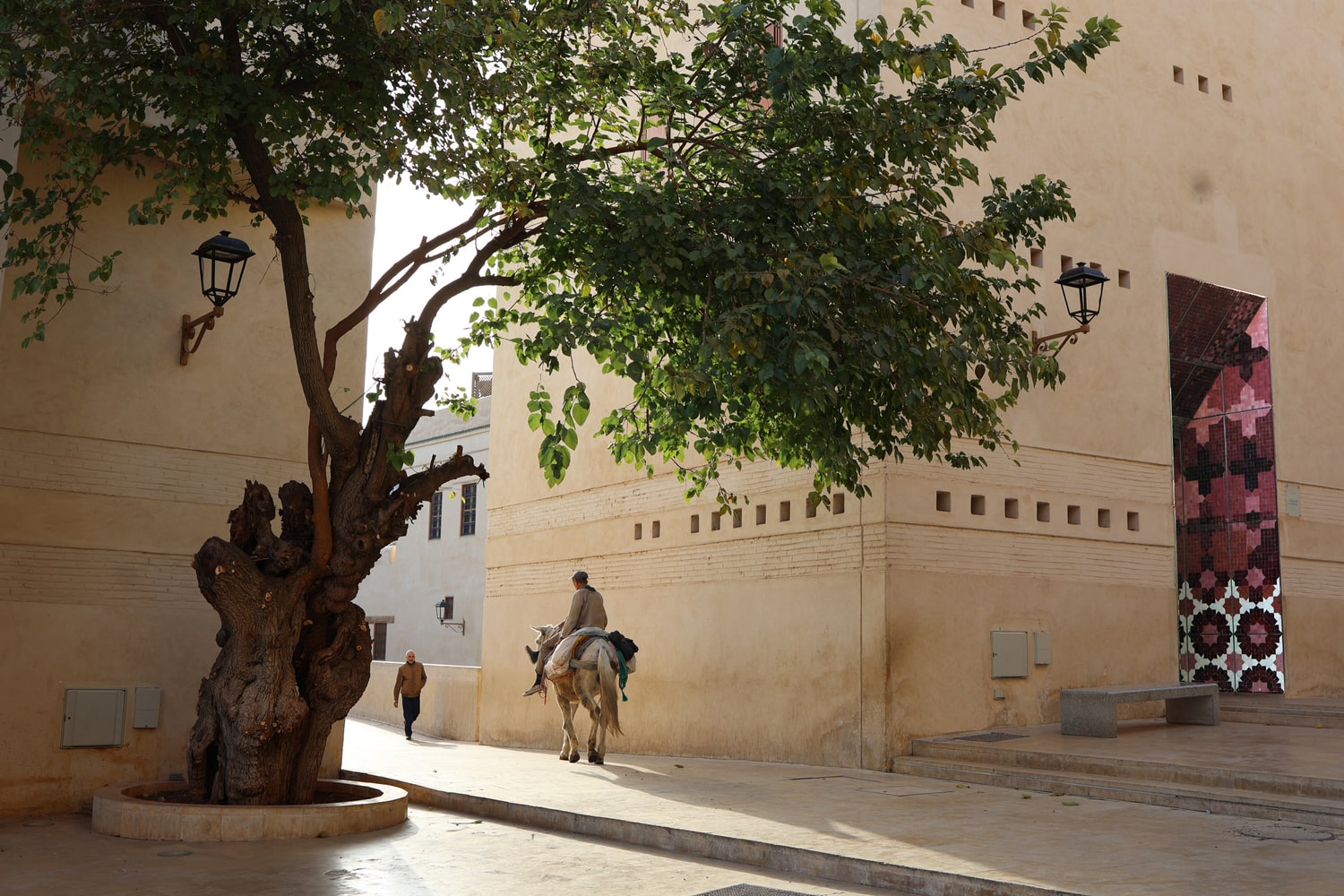
Table of Contents
ToggleIntegrating Restoration and Contemporary Design
The project is a carefully balanced combination of restoration and innovation. Eleven historic buildings, including a heritage bridge, were rehabilitated with respect to their architectural character. Alongside them, nine new structures were constructed, seamlessly integrating into the historic grain while introducing modern building performance standards.
One of the most impactful interventions was the re-stitching of the riverbanks through new pedestrian bridges and improved physical and visual access to the water. Previously, this section of the river had been blocked, neglected, and used for waste dumping. The revitalization reoriented the river as a key public asset, recalibrating its bed to manage seasonal flooding, improving both ecological function and public safety.
Climate-Sensitive Architecture
The architectural approach draws heavily on the environmental wisdom embedded in Morocco’s building traditions. Passive design strategies — such as natural shading, optimized airflow, and the thermal mass of masonry — ensure year-round comfort with minimal energy use. The careful massing of buildings and thoughtful placement of courtyards promote cross-ventilation and create microclimates throughout the site. This approach aligns environmental performance with cultural continuity, ensuring that the revitalization not only looks rooted in its context but also behaves as part of it.

A Tapestry of Ceramic Tilework
A standout feature of the project is its extensive ceramic tilework, which serves as both ornament and environmental device. In collaboration with artist Michael Pinsky, Michel Mossessian worked closely with local zellige artisans to produce a unified visual language for the site. The tile designs transition from classical Moroccan motifs to Spanish-influenced patterns and finally to abstract contemporary compositions. This gradient of styles subtly narrates Fez’s layered history, while the tiles themselves contribute to the cooling of the courtyards. They also function as intuitive signage, marking the different types of artisan workshops and guiding visitors through the space.
An “Urban Room” for Community Life
The design envisions Lalla Yeddouna as a coherent “urban room” — a place where public life, craftsmanship, and tourism meet in a setting that feels both civic and intimate. Repetition of local geometric forms establishes a sense of continuity across the site, while slight variations in detail create richness and diversity. The result is a legible, welcoming environment that feels deeply rooted in the medina’s identity yet open to contemporary interpretation.
The architectural language reflects a deep respect for the medina’s historic proportions and materiality. New elements are inserted with precision, complementing rather than imitating the old. The project avoids pastiche, instead embracing the authenticity of each era’s contribution to the urban landscape.

Sustainability Through Tradition and Engagement
Sustainability in Lalla Yeddouna extends far beyond environmental performance. Local materials and traditional construction methods were prioritized, reducing embodied energy while supporting regional craft economies. Community engagement was integral to the process — not just during design, but throughout construction. Local artisans were involved in everything from stone masonry to woodwork, ensuring that the site’s physical renewal was matched by the transfer of skills and the reinforcement of cultural heritage.
Conservation work on existing structures followed internationally recognized heritage principles: minimal intervention, reversibility, and the exclusive use of traditional materials. This ensured that the project’s physical interventions remain respectful to the historic fabric while allowing for future adaptability.
A Model for Heritage-Led Urban Renewal
The Lalla Yeddouna Square Revitalization exemplifies how urban renewal in heritage contexts can be both respectful and forward-looking. By integrating historical preservation, sustainable design, and community participation, the project has transformed a neglected area into a vibrant civic hub. It reconnects the medina to its river, revitalizes artisan traditions, and provides contemporary amenities that serve both residents and visitors.
In doing so, it has reanimated a vital part of Fez’s cultural and social landscape — ensuring that this living piece of history continues to thrive in the modern era.
Photography: Amine Houari & Antoine Mossessian
- Artisan workshop revitalization
- Ceramic tile environmental cooling
- Climate-sensitive urban design
- Fez Medina community engagement
- Fez Medina urban renewal
- Heritage building restoration Fez
- Heritage-led urban regeneration
- Lalla Yeddouna Square Revitalization
- Medina pedestrian revitalization
- Moroccan architectural traditions
- Moroccan courtyard architecture
- Moroccan heritage architecture
- Mossessian Architecture Morocco
- Public space design in historic cities
- Riverfront public space Morocco
- Sustainable architecture in Morocco
- Traditional Moroccan craftsmanship
- UNESCO World Heritage Fez
- Yassir Khalil Studio Fez
- Zellige tilework design
I create and manage digital content for architecture-focused platforms, specializing in blog writing, short-form video editing, visual content production, and social media coordination. With a strong background in project and team management, I bring structure and creativity to every stage of content production. My skills in marketing, visual design, and strategic planning enable me to deliver impactful, brand-aligned results.
Submit your architectural projects
Follow these steps for submission your project. Submission FormLatest Posts
Stefan Żeromski Theatre by WXCA
Revitalised by WXCA, the Stefan Żeromski Theatre in Kielce combines meticulous heritage...
Thoravej 29 by pihlmann architects
pihlmann architects’ Thoravej 29 in Copenhagen transforms a 1967 factory into a...
Mess Hall by Architecture Architecture
Mess Hall by Architecture Architecture transforms a Victorian terrace into a light-filled,...
Twin Gable House by Ryan Leidner Architecture
The Twin Gable House by Ryan Leidner Architecture is a sensitive renovation...


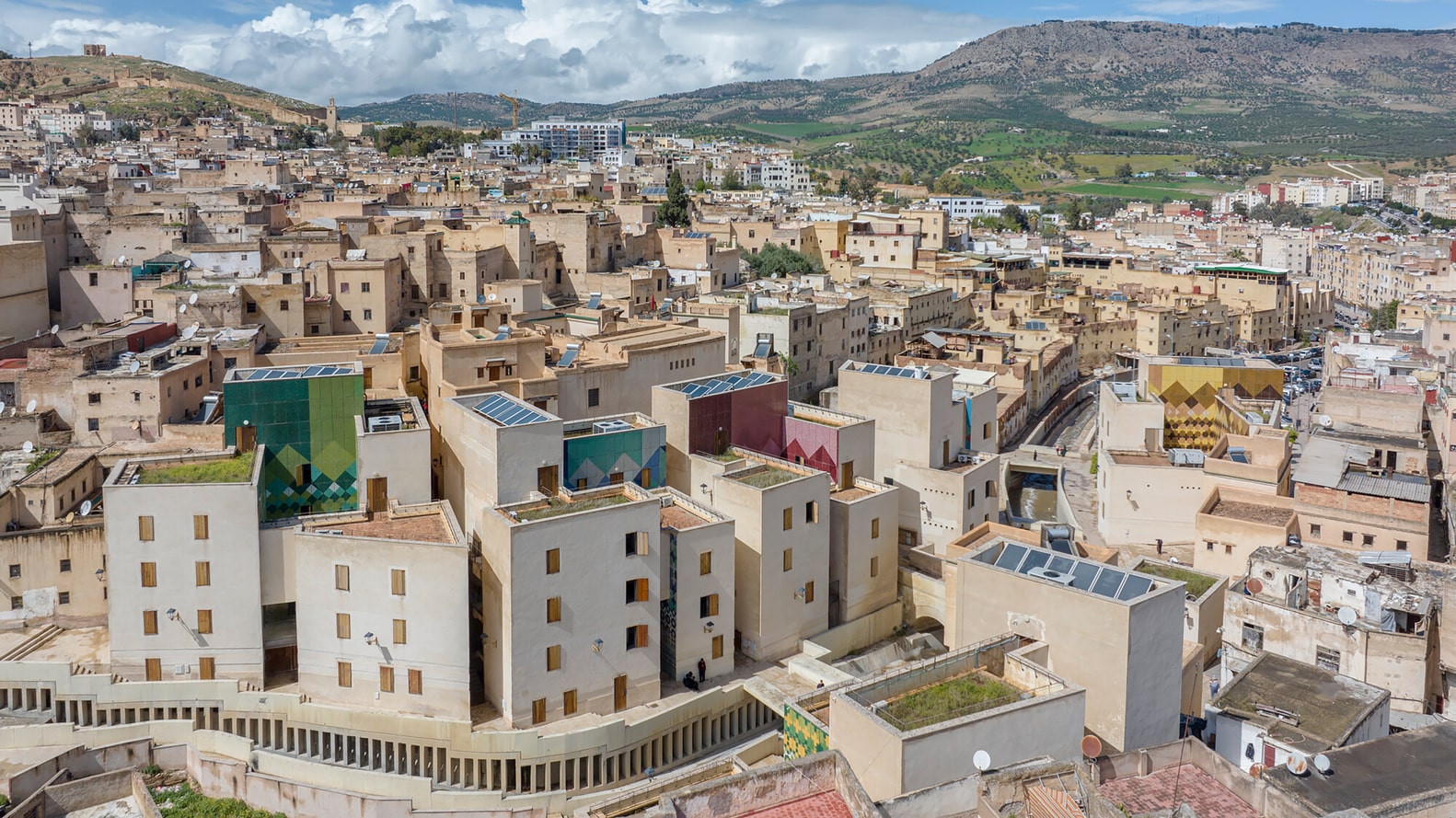











































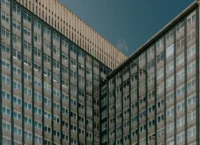
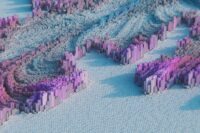


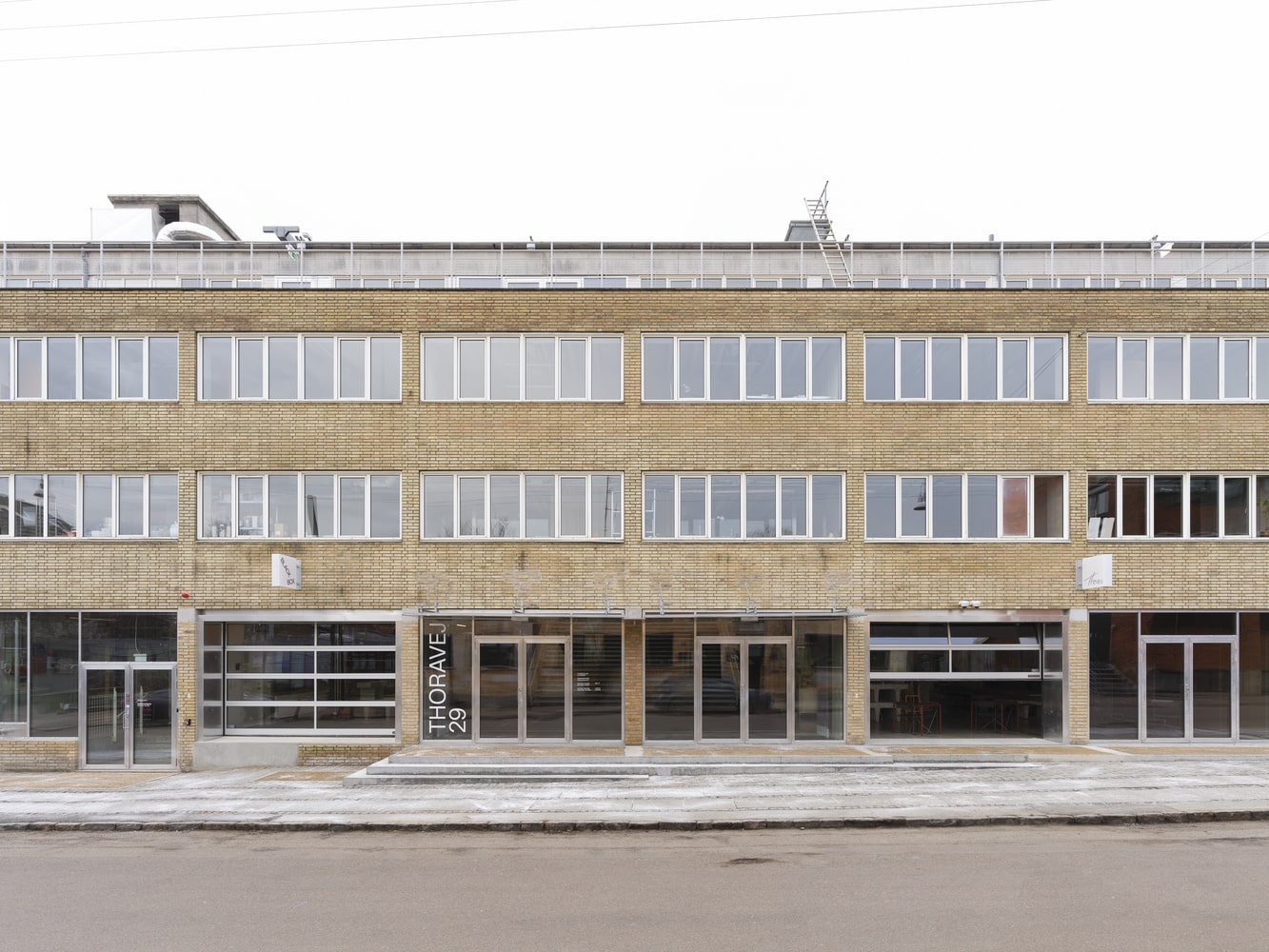
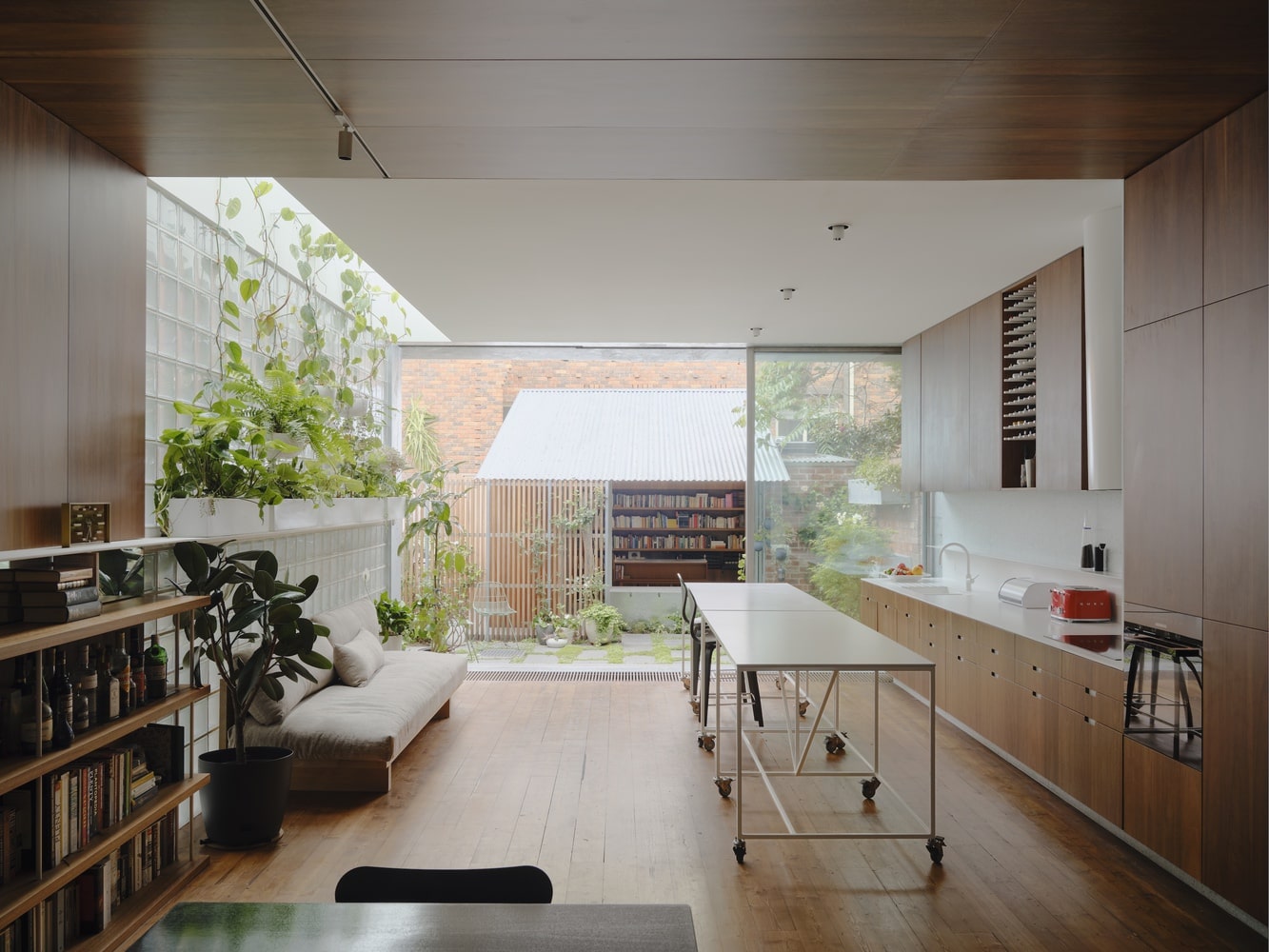
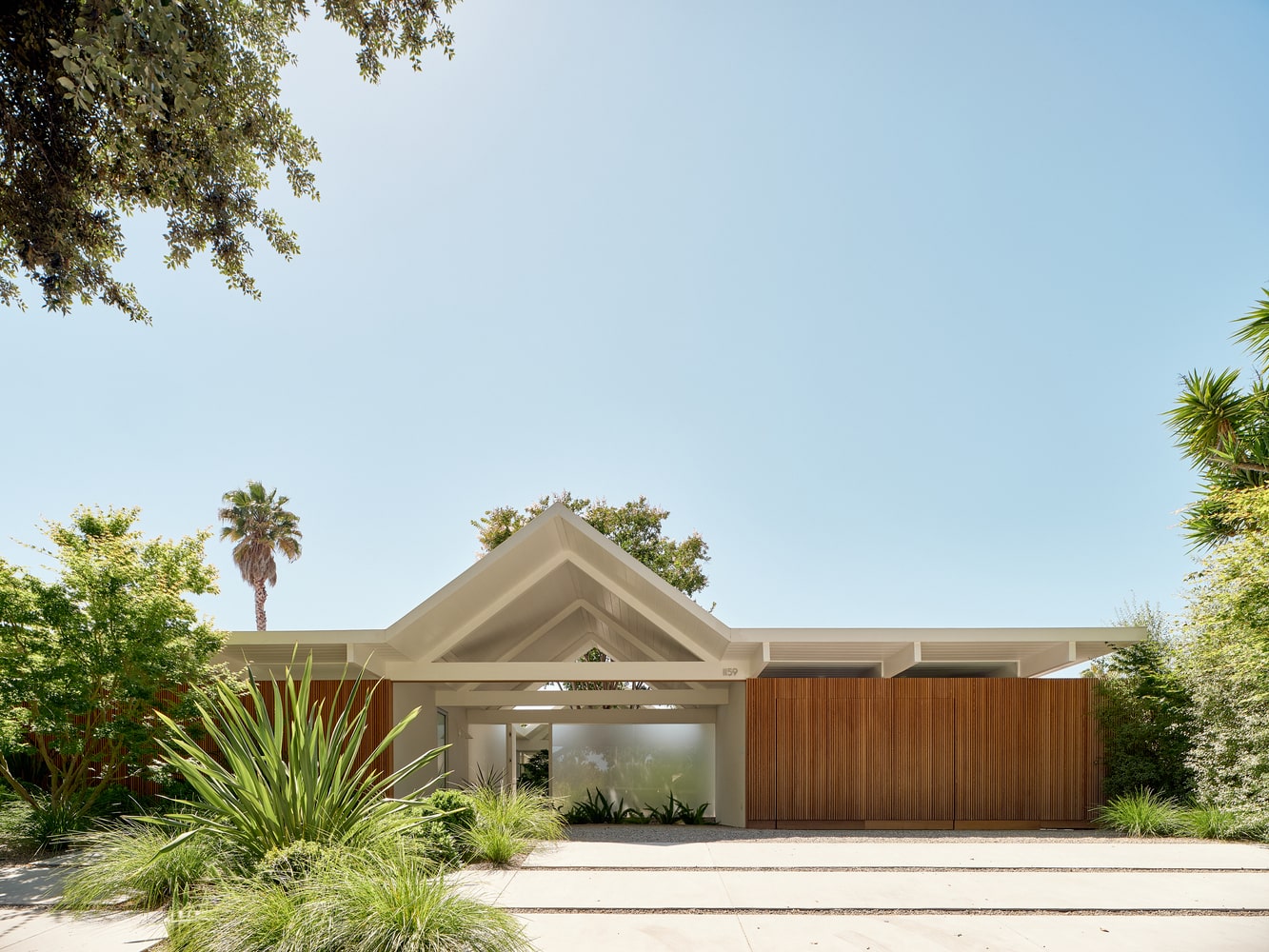
Leave a comment